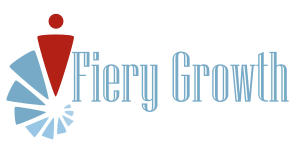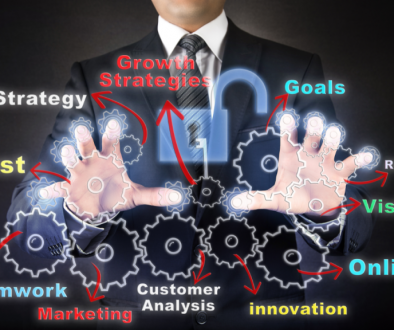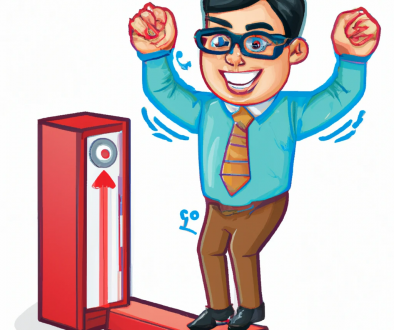Is Your ‘Hub & Spoke’ Mindset Sabotaging Your Team’s Potential?
The biggest myth about workplace productivity isn’t about WHERE people work — it’s about how we THINK about work itself.
After two decades of scaling tech companies and advising SMEs, I’ve observed a fundamental physics principle at play: Energy flows where resistance is lowest. The same applies to human potential and productivity.
You own your business and have the highest risk if it fails. That tends to make business owners get involved in every minutia of the business – creating what I refer to here as the Hub and Spoke way of working.
Consider this paradox:
• While executives debate office attendance, research tells a different story. A groundbreaking Stanford study shows hybrid work has zero negative impact on productivity or career advancement *.
• Despite this evidence, companies keep investing in the wrong solutions. Nearly half of businesses have increased employee monitoring software — measuring presence instead of outcomes.
Here’s what actually drives performance (and what physics taught me about human potential):
1. Focus on psychological safety, not physical presence
When I scaled my SaaS startup, I learned that innovation happens when people feel safe to think differently and make decisions independently. Today’s data confirms this: Companies with high-trust cultures report 42% higher productivity compared to typical workplaces **.
This directly counters a model where decisions and ideas are solely funneled through a few key individuals. A culture of psychological safety empowers more employees to contribute ideas and make decisions, thereby reducing an organization’s reliance on a limited number of managers for all critical choices.
2. Build thinking environments, not just workspaces
Just as energy seeks the path of least resistance, human creativity flows best with minimal friction. And there is no greater friction that waiting for the boss to ok every decision. The data shows 84% of employees report better productivity outside traditional office settings — because they can actually think ***.
When employees are empowered to think and work effectively outside traditional monitoring, it naturally reduces the need for constant oversight and decision-making from a centralized few.
3. Measure outcomes, not activity
In both physics and business, what you measure determines what you see. While 90% of hybrid workers maintain or exceed productivity targets, too many leaders still count hours instead of impact.
The fundamental challenge isn’t about monitoring productivity — it’s about creating environments where deep work and critical thinking can thrive.
This cultivates a workforce that is less dependent on management for micro-decisions and more capable of self-direction.
Remember: Just as you can’t improve product-market fit with better marketing, you can’t enhance team performance by monitoring mouse clicks.
What’s one way you’re measuring what truly matters in your organization?
Call to Action:
To assess your organization’s true resilience and productivity, ask yourself:
“How much does our company’s success truly depend on the constant presence and singular decision-making of a few key individuals, versus a broadly empowered and psychologically safe workforce capable of independent thinking and outcome-driven work?”
Take a moment to evaluate: Did you know that the dependency on a business owners is one of the eight factors that have an impact on the value of your business? To see how your business scores on this and all the other factors, take this 15 minute questionnaire and get a complete report.
* https://news.stanford.edu/stories/2024/06/hybrid-work-is-a-win-win-win-for-companies-workers




